Archives
- 2025-11
- 2025-10
- 2025-09
- 2025-03
- 2025-02
- 2025-01
- 2024-12
- 2024-11
- 2024-10
- 2024-09
- 2024-08
- 2024-07
- 2024-06
- 2024-05
- 2024-04
- 2024-03
- 2024-02
- 2024-01
- 2023-12
- 2023-11
- 2023-10
- 2023-09
- 2023-08
- 2023-06
- 2023-05
- 2023-04
- 2023-03
- 2023-02
- 2023-01
- 2022-12
- 2022-11
- 2022-10
- 2022-09
- 2022-08
- 2022-07
- 2022-06
- 2022-05
- 2022-04
- 2022-03
- 2022-02
- 2022-01
- 2021-12
- 2021-11
- 2021-10
- 2021-09
- 2021-08
- 2021-07
- 2021-06
- 2021-05
- 2021-04
- 2021-03
- 2021-02
- 2021-01
- 2020-12
- 2020-11
- 2020-10
- 2020-09
- 2020-08
- 2020-07
- 2020-06
- 2020-05
- 2020-04
- 2020-03
- 2020-02
- 2020-01
- 2019-12
- 2019-11
- 2019-10
- 2019-09
- 2019-08
- 2019-07
- 2019-06
- 2019-05
- 2019-04
- 2018-07
-
br Materials and methods br Results
2022-08-24
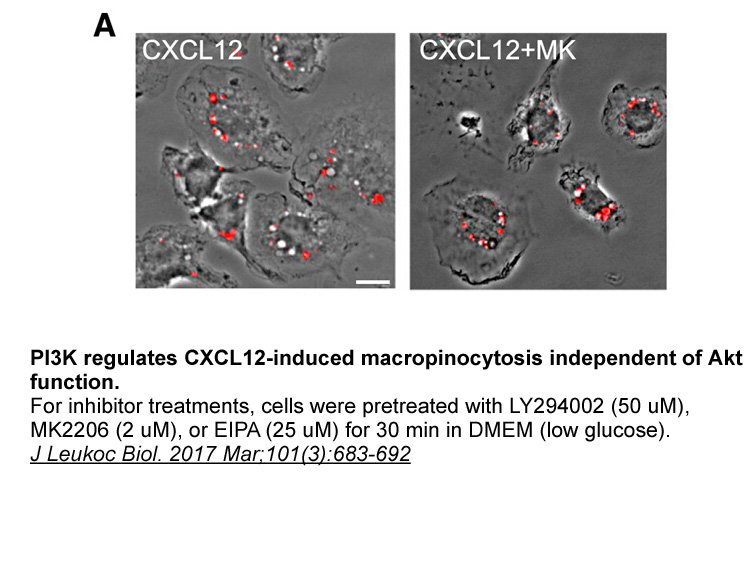
Materials and methods Results Discussion The compound P7C3 has been reported to activate NAMPT (Wang et al., 2014) and augment NAD+ levels, thereby promoting the survival of mature neurons and postnatal neurogenesis throughout the post-ischemic psora (Loris et al., 2017). However, it has be
-
GPR GPR GPR GPR and GPR
2022-08-24
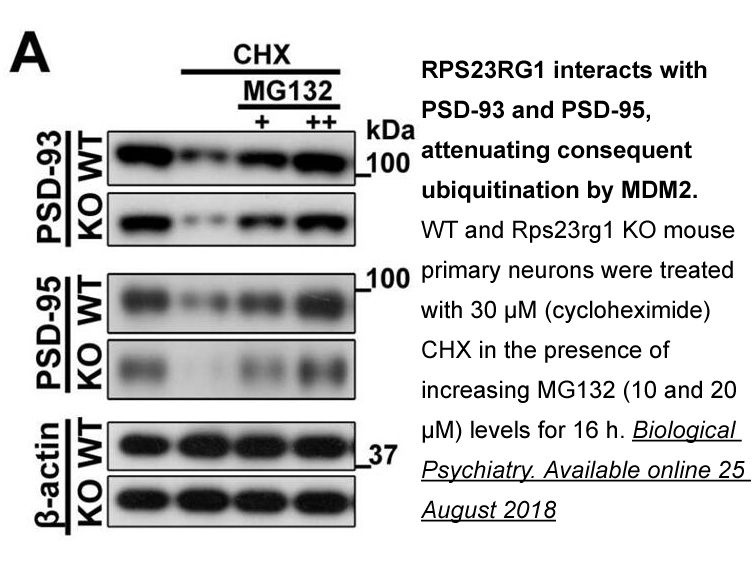
GPR80, GPR81, GPR82, GPR93 and ψGPR79 all shared identities to P2Y GPCRs or P2Y-like oGPCRs. Previously, at least three different nucleotide receptor phenotypes have been observed in mammalian tissue, including GPCRs activated by LIMKi 3 nucleotides (e.g. P2Y1 and P2Y11), uridine nucleotides (e.g.
-
A subsequent modeling study by a different group was
2022-08-24
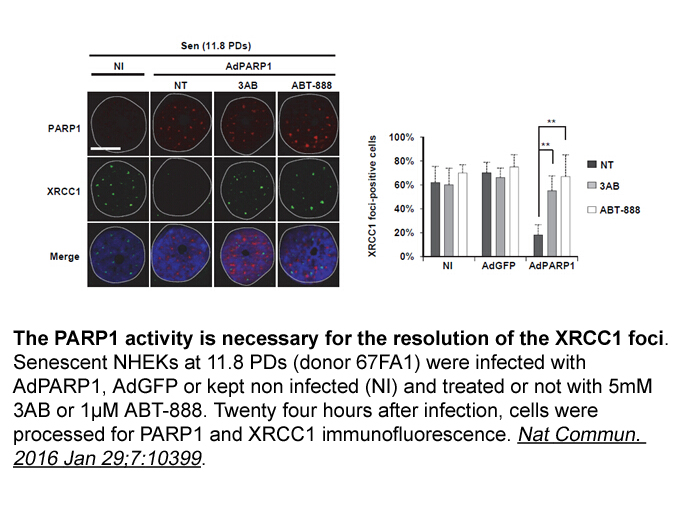
A subsequent modeling study by a different group was based on the bovine rhodopsin homology model using the 1L9H construct [38]. However, the site-directed mutagenesis data and docking suggested that the niacin-binding pocket is different to that described in the aforementioned report, but similar t
-
Due to the therapeutic potential of GlyT
2022-08-24
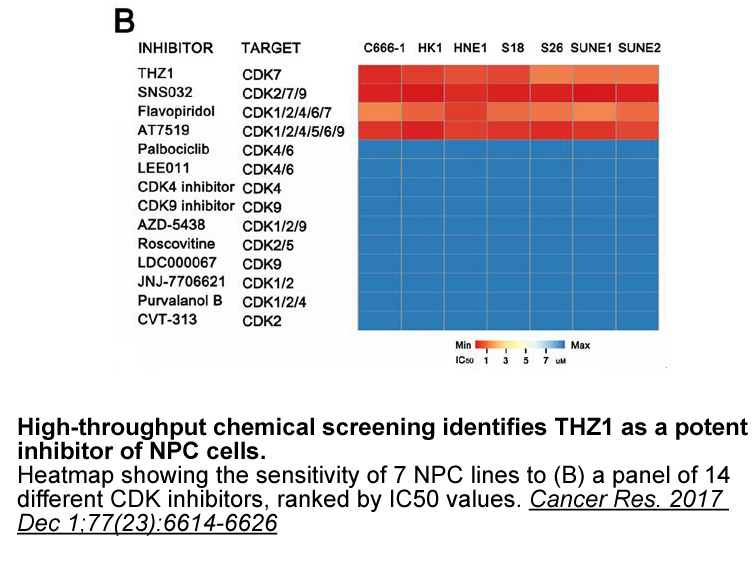
Due to the therapeutic potential of GlyT1 inhibitors, numerous drug screening campaigns have been started - and are still going on - which aimed at the identification of compounds with biological activity at or affinity for this drug target. For characterization of biological activity at GlyT1, tran
-
br Results br Discussion We
2022-08-24
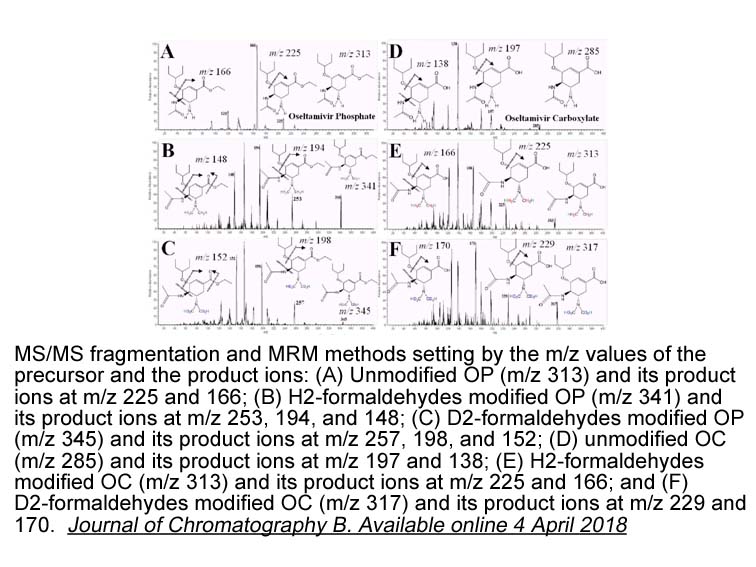
Results Discussion We have reported the crystal structures of VcmN, the high-resolution structures of this MATE transporter from a pathogenic bacterium. The structures display distinct conformations of TM1, as a consequence of their unique hydrogen-bonding networks. We interpret this result to
-
M344 mg Post translational ubiquitination has been shown to
2022-08-24
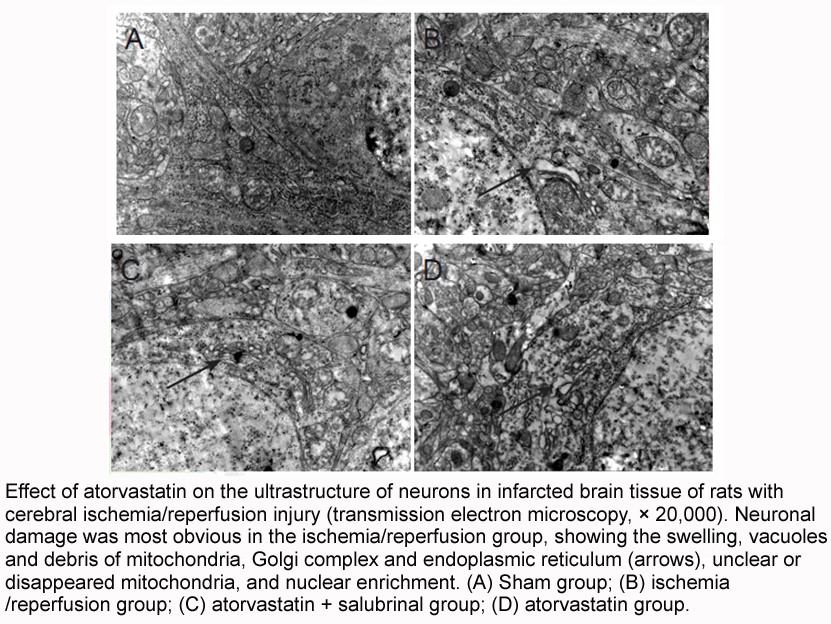
Post-translational ubiquitination has been shown to regulate a wide range of cellular responses, such as the synaptic trafficking and turnover of neurotransmitter receptors (Rape, 2018). Ubiquitination is also engaged in the modification of protein-protein interaction and intracellular signaling tra
-
In a mouse model of
2022-08-23
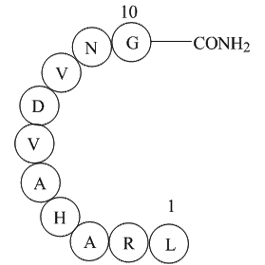
In a mouse model of hyperhomocysteinemia (a risk factor for the development of vascular dysfunction) it has been shown that myoendothelial communication is enhanced due to increased expression of Cx37 and IK1 blasticidin sale [], allowing the propagation of endothelial signals to VSMC and thereby de
-
More polar substituents introduced on the position of the an
2022-08-23
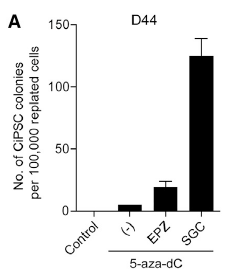
More polar substituents introduced on the 5-position of the aniline ring (e.g., dimethyl amine in ) decreased the lipophilicity of the compounds (4.3 for vs 5.1 for ), but did not affect their potency. For instance, was highly potent in vitro and demonstrated a surprising 51% lowering of Aβ42 in m
-
Receptor activator of NF B
2022-08-23
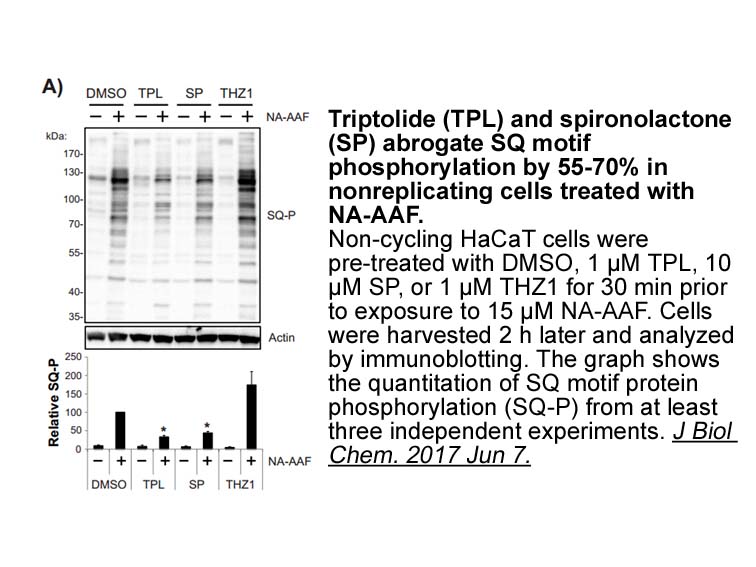
Receptor activator of NF-κB ligand (RANKL) and macrophage colony-stimulating factor (M-CSF) stimulate the generation of osteoclast Kartogenin sale [10], [11], [12], [13]. In response to sphingosine 1-phosphate (S1P) signaling, osteoclasts then attach to regions of bone undergoing resorption [14]. I
-
HCC metastasis is a multistep multifactorial process includi
2022-08-23
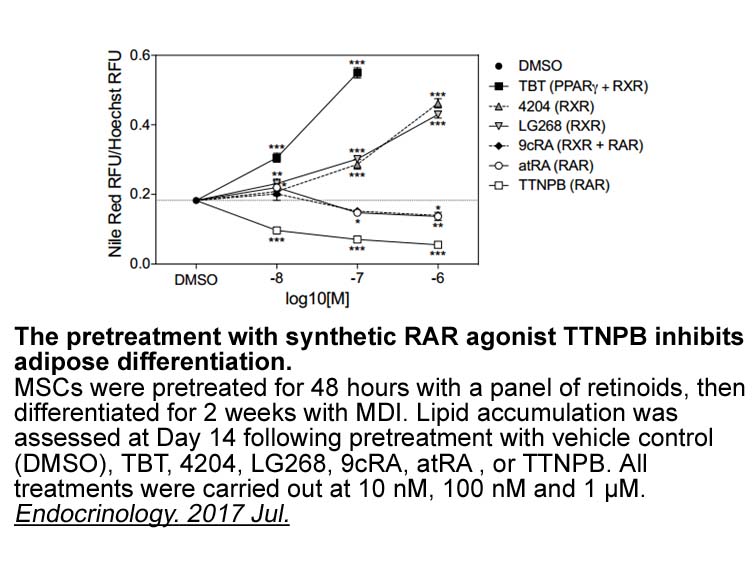
HCC metastasis is a multistep, multifactorial process, including adhesion of tumor methoxy to the extracellular matrix (ECM), remodeling and degradation of ECM, invasion through local tissue, intravasation into blood or lymph vessels, and forming new tumors at distant sites [6,7]. Loss of adhesion o
-
Data of initial analogs have been shown in wherein
2022-08-23
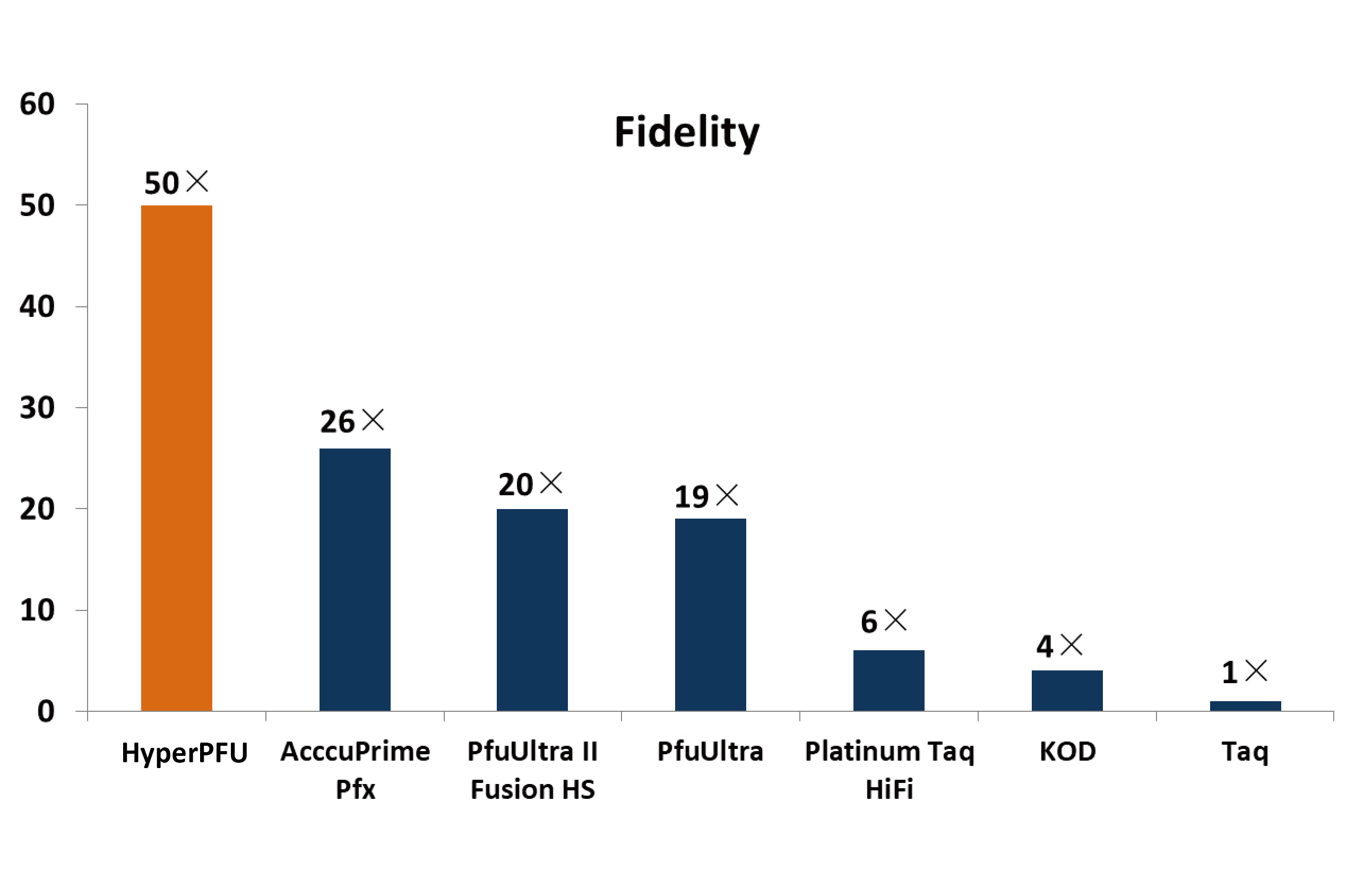
Data of initial analogs (±)-– have been shown in wherein SAR was observed for the intended change of the right-hand side pyridin-3-yl ring of to various other -containing heteroaryl ring (Ar) disposing the ring- at different directions. Based on consistent human and rat FAAH potency as well as int
-
Chicoric acid CA is a di acylated
2022-08-22
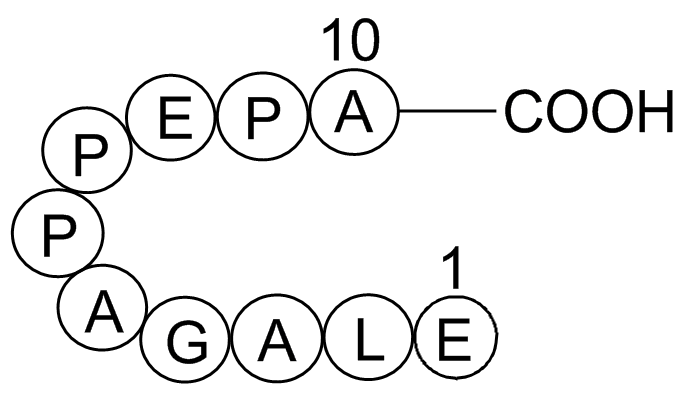
Chicoric dopamine beta hydroxylase (CA) is a di-acylated hydroxycinnamoyl tartaric acid ester [12] found in a variety of plant species, especially within the Astereceae family [13]. Of interest for this study, Sonchus oleraceus and Bidens pilosa plants, from Astereceae family, were used. Both S. ol
-
The mechanistic basis of a PAE induced reduction
2022-08-22
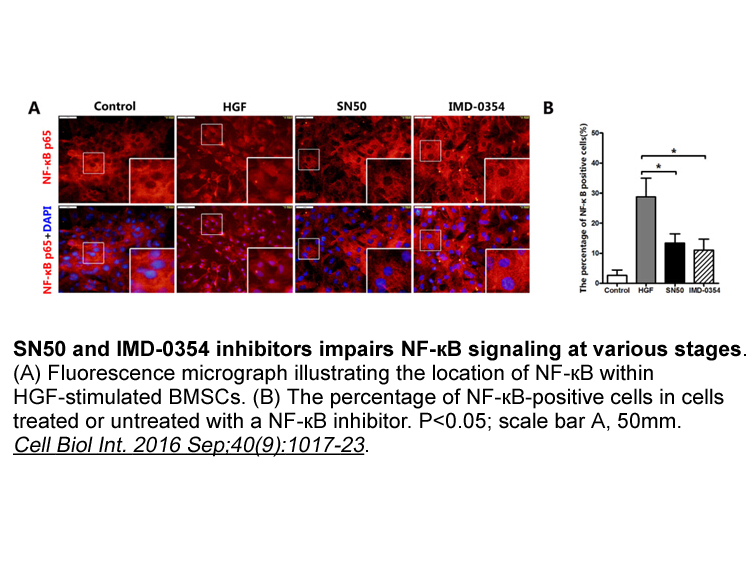
The mechanistic basis of a PAE-induced reduction in HDC isoform expression is unclear at present. These reductions may be a consequence of reduced histaminergic innervation of PAE-affected brain regions. Given that these three brain regions are anatomically more distant from the ventral hypothalamus
-
There were hub genes identified by WGCNA
2022-08-22
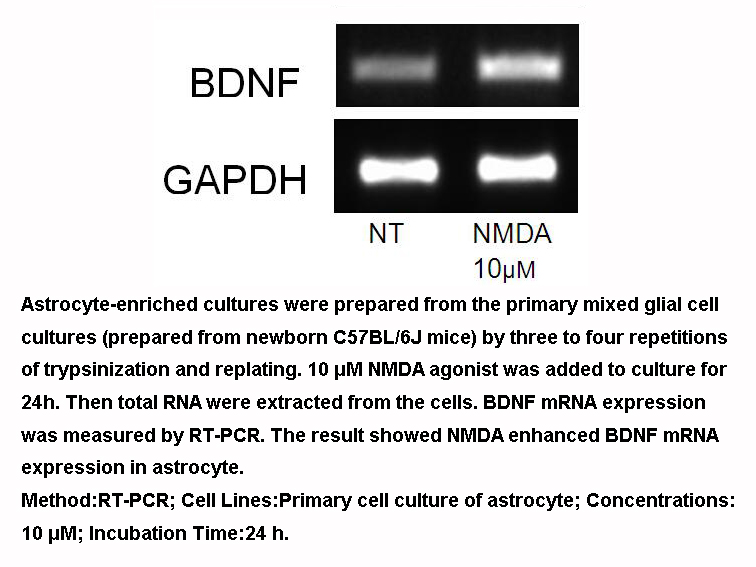
There were 11 hub genes identified by WGCNA among which KIBRA was the hub gene of the black module. The bioinformatics method is an effective and powerful tool to analyze mRNA SC-10 profiles and the related pathways. For instance, the lung cancer risk modules that were closely related to lung cance
-
br Materials and methods br Results br Discussion Accurate
2022-08-22
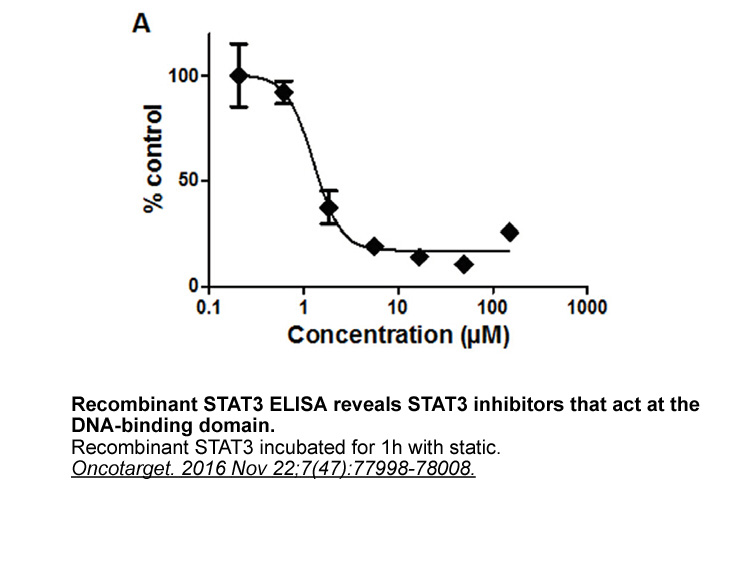
Materials and methods Results Discussion Accurate HER2 assessment for patients with invasive breast cancer is crucial to determining which patients may benefit from HER2-targeted therapy. The most recent ASCO/CAP guidelines have again redefined HER2 gene amplification as determined by dual-
15350 records 369/1024 page Previous Next First page 上5页 366367368369370 下5页 Last page